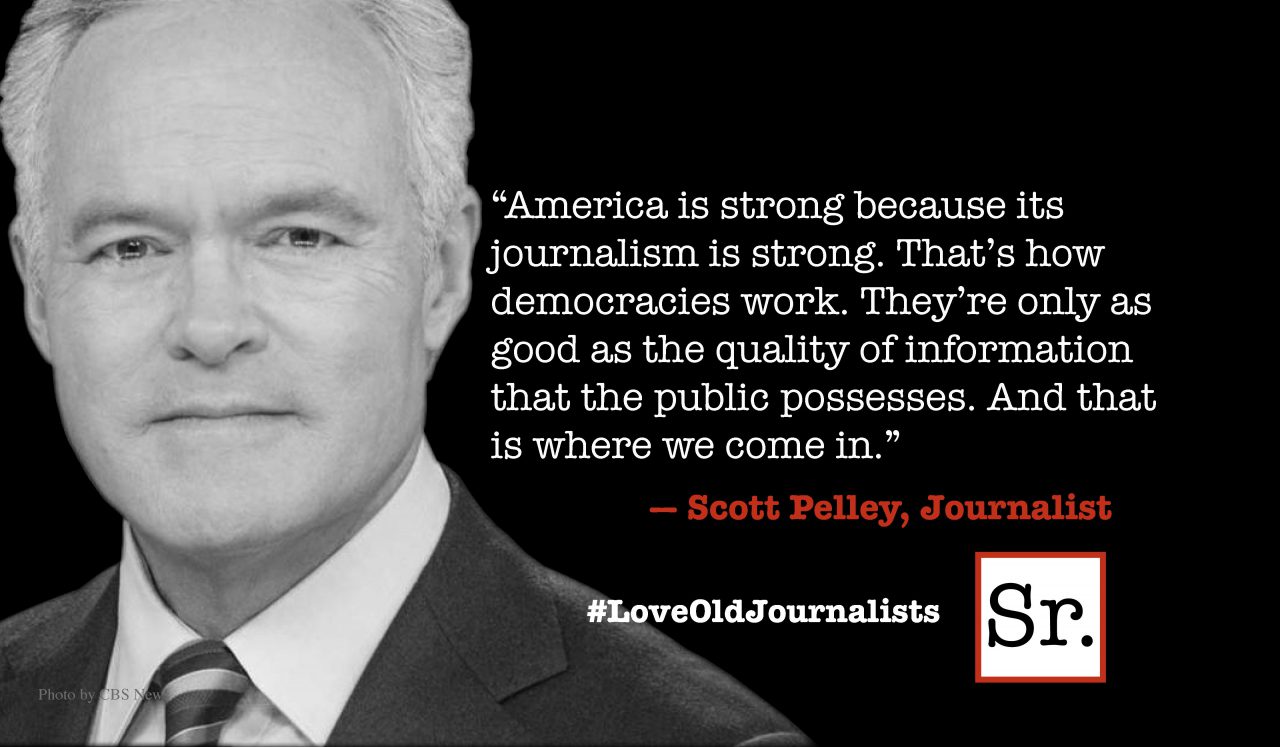The critical resurrection of Matthew McConaughey’s career forges ahead with “The Dallas Buyers Club,” which finds him dropping a fifth of his body weight to portray an HIV-infected cowboy/con man.
But McConaughey isn’t the only actor undergoing a big transformation here. Equally impressive is erstwhile studmuffin Jared Leto, who not only does the crash diet thing but reinvents himself as a transvestite hooker.
Talk about trolling for Oscars, fellas.
When we first meet Ron Woodruff (McConaughey) he’s doing a cowgirl in one of the bronco chutes at a rodeo. Director Jean-Marc Vallee (“The Young Victoria”) wastes no time in establishing Ron’s bona fides as a ladies’ man.
Early on we learn that the gaunt rodeo rider is also a hustler who’ll set up a betting pool — his horsey buddies wager on how long a fellow rider can stay atop a bull — and then try to flee with the money without paying off the winners.
Ron lives in a mobile home that has seen better days. He drinks. He does drugs. He stages orgies.
He’s contemptuous of anyone who doesn’t share his homophobic, racist, good ol’ boy Texas view of things.
Ron is about to get his comeuppance. Injured on the job (he’s an electrician), he’s taken to a hospital. When the doctors come to talk to him they’re wearing surgical masks. They inform him that he has tested positive for the HIV virus.
Ron calls bullshit. He’s no faggot.
Maybe not. But that doesn’t change the facts. He’s going to get AIDs. And all this is happening so early in the epidemic (1985) that Ron’s treatment options are limited.
He begs his doctors (Jennifer Garner, Denis O’Hare) to make him a test subject for the new drug AZT. He’s less enthusiastic when told there’s a 50-50 chance he’ll get the placebo.
So Ron does what any enterprising, law-flouting, HIV-positive American entrepreneur would do. He establishes a source for the drug in freewheeling Mexico, smuggles the stuff into the U.S., and begins selling it to AIDs patients.
Actually, in order to circumvent the law he sells memberships in a “buyers club,” with free drugs passed out to the members. In short order Ron is doing a thriving business out of a ratty motel room, making a load of money from desperate people. And he’s got enough AZT left over for his own treatment.
The screenplay by Craig Borten and Melisa Wallack has a couple of big themes. First there’s old-fashioned American can-doism, with Ron discovering that he is a scheming, role-playing master of the game. In defying all those pesky rules and regulations and taking command of his own future, he’s a conservative role model. And he’s given himself a new reason to live.
Or course, he’s also now part of a maligned and persecuted minority. Rubbing elbows every day with desperate gay men, his own prejudices take a beating. And in the form of Rayon (the amazing Leto), a bewigged and bejeweled tranny, Ron gets a life-changing lesson in tolerance.
That may sound kinda preachy. It doesn’t play that way. McConaughey makes Ron’s transformation a gradual one, never commented on but obvious enough. And the screenplay gives him just enough opportunities to reveal the character’s fears and inner turmoil. Finally he discovers something quite unexpected: his own capacity for compassion.
You’ll feel both sorry for and inspired by this asshole.
Overall, “The Dallas Buyers Club” isn’t quite as good as the two central performances that anchor it and give it life. But there’s no arguing with the work done here by McConaughey and Leto. It’s world class.









